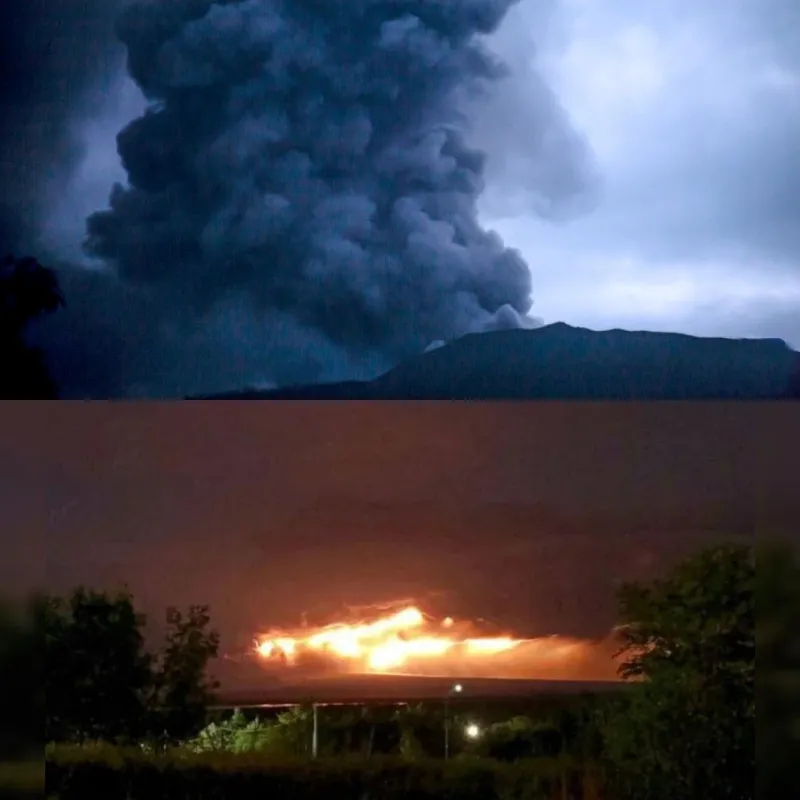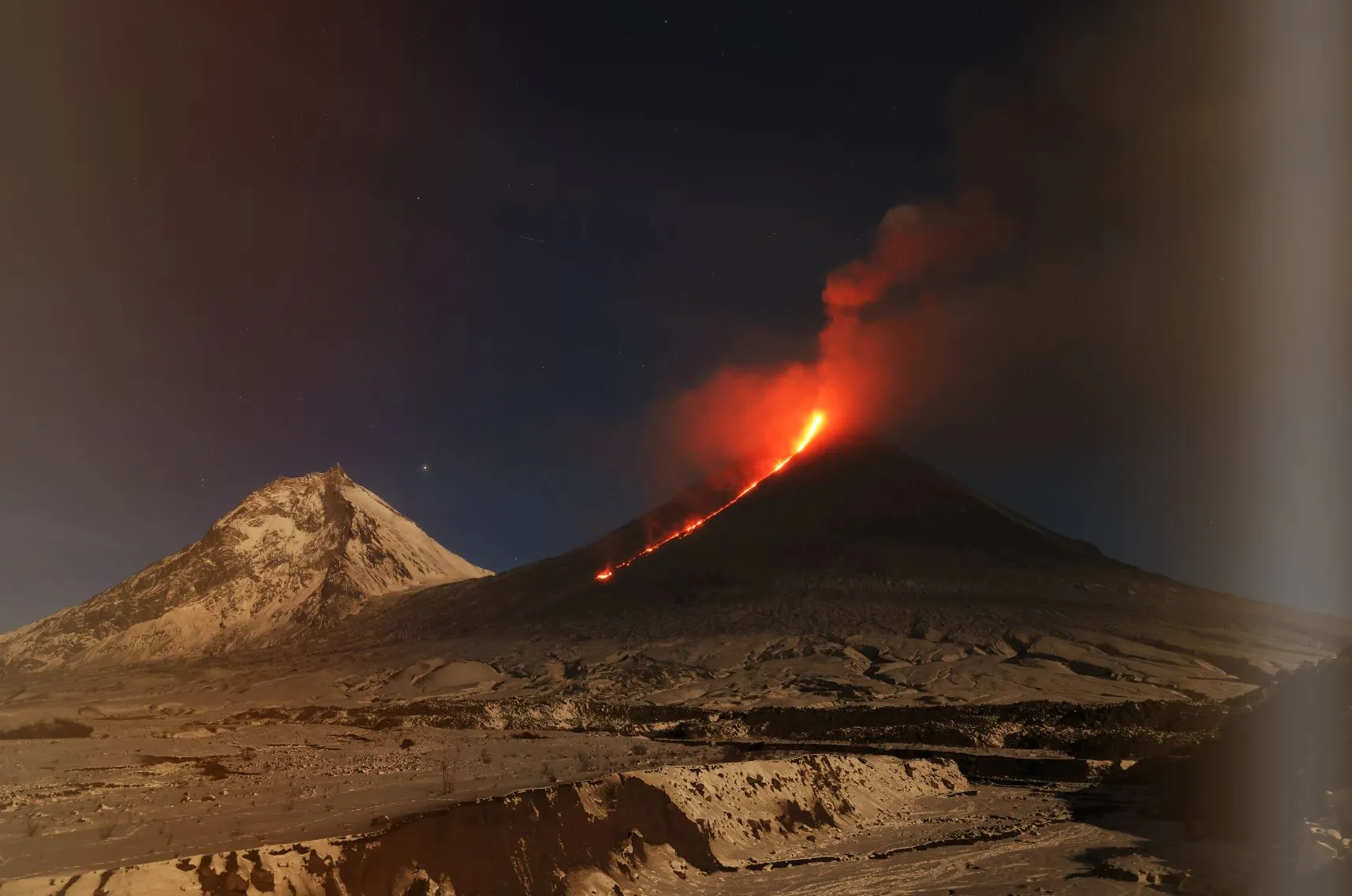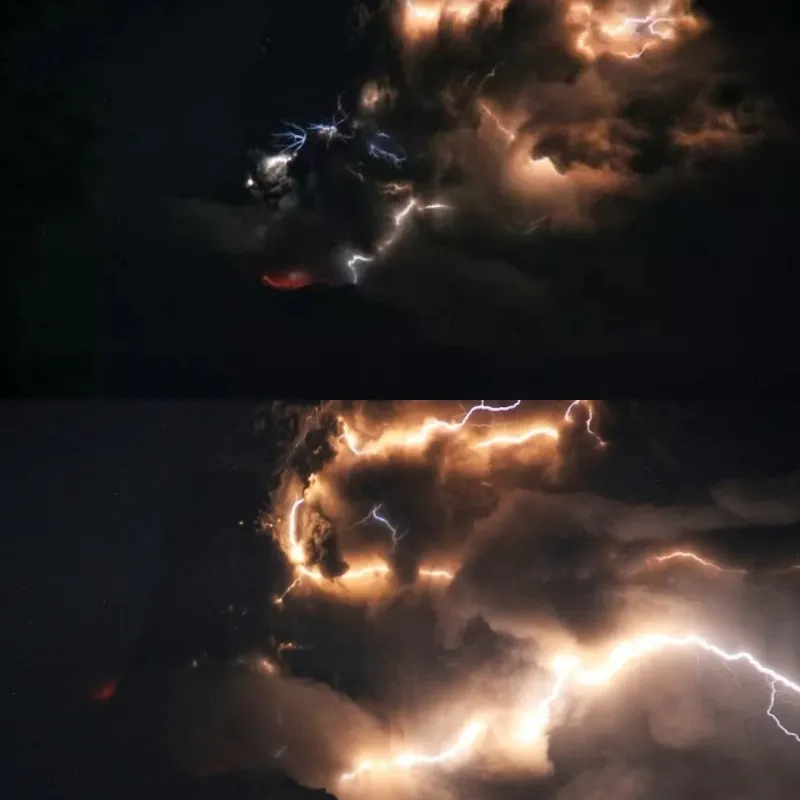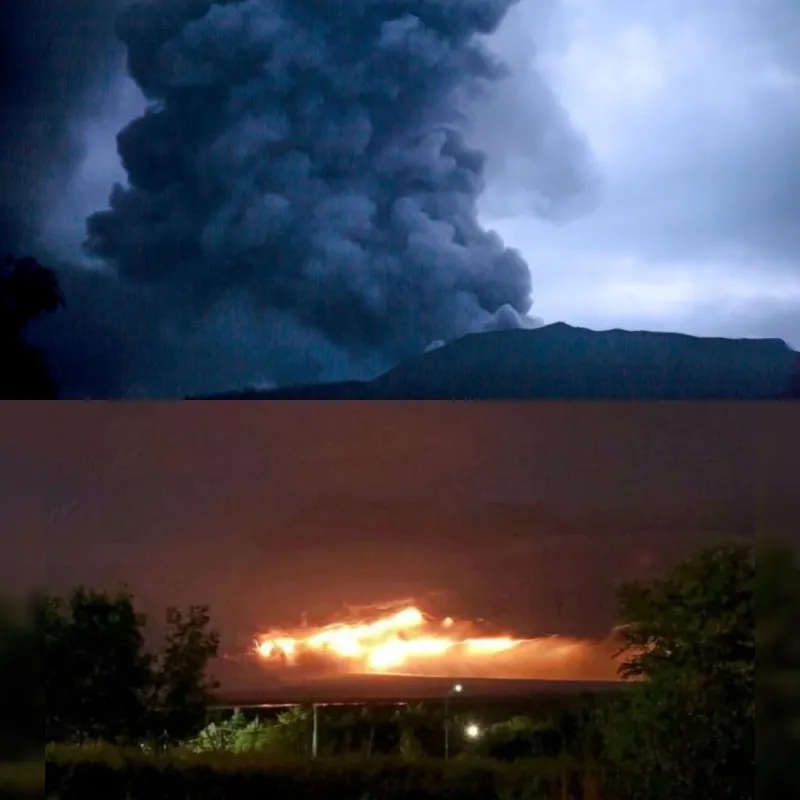
A volcanic eruption has occurred in Russia’s Kamchatka Peninsula following a powerful 7.0-magnitude earthquake that struck off the country’s east coast. The eruption has resulted in a towering ash column reaching up to 5 miles (8 kilometers) high, according to state-run media reports.

The Shiveluch volcano, located approximately 280 miles from Petropavlovsk-Kamchatsky—a coastal city with a population of about 180,000 in Russia’s eastern Kamchatka region—began erupting shortly after the earthquake. The seismic event, reported by the US Geological Survey (USGS), had its epicenter about 55 miles from Petropavlovsk-Kamchatsky and occurred at a depth of around 30 miles.
Local media outlet TASS reported that the eruption has released a significant amount of lava, though there have been no immediate reports of injuries. The ash column has been described as substantial, reaching a height of approximately 8 kilometers (5 miles) above sea level. The situation remains under close observation by local authorities.

In response to the earthquake, which struck early on Sunday morning local time, there have been no reports of major structural damage, though building inspections are underway to assess any potential impacts, particularly on critical infrastructure and social facilities. The Russian Emergencies Ministry has indicated that there is no tsunami warning associated with the earthquake, despite earlier alerts from the US Tsunami Warning System.
The US Tsunami Warning System had initially issued a warning about the potential for hazardous tsunami waves within 300 kilometers (approximately 186 miles) of the earthquake’s epicenter along the coasts of Russia. However, this warning has since been reassessed, and no significant tsunami activity has been reported.

The eruption of Shiveluch, one of Kamchatka’s many active volcanoes, has added to the challenges faced by the region following the earthquake. The Kamchatka Peninsula is known for its high seismic activity and volcanic landscape, which has historically contributed to both geological hazards and scientific interest.
As the situation develops, local emergency services and geological experts are working to monitor the volcano’s activity and ensure the safety of the affected populations. Further updates will be provided as more information becomes available.



